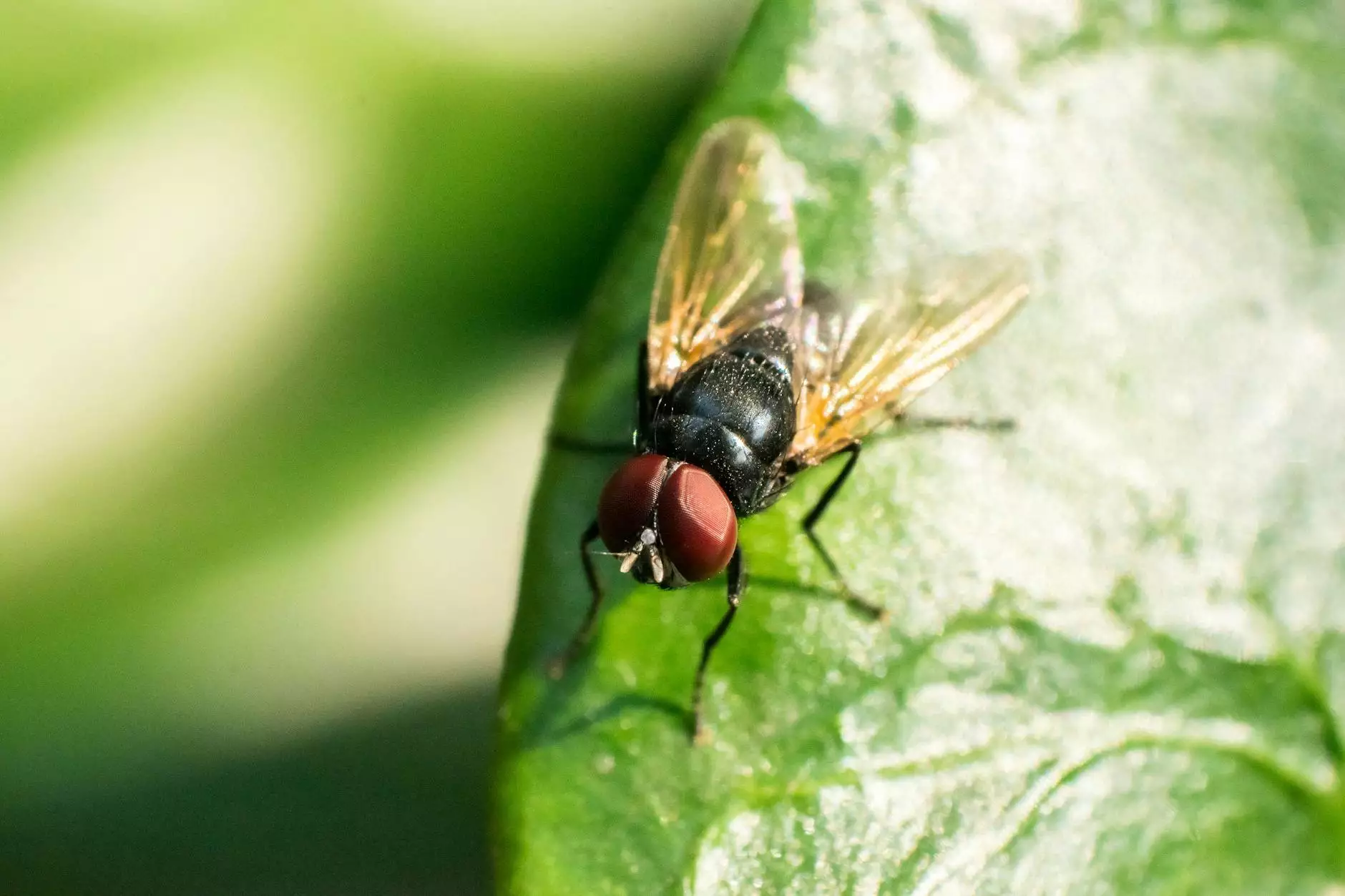Corn Weevil Control: The Ultimate Guide for Effective Management

The corn weevil is a significant pest that threatens the integrity of corn crops, making it imperative for farmers and agricultural professionals to understand how to control these destructive insects effectively. In this comprehensive guide, we will explore the best practices, strategies, and methods for corn weevil control to ensure that your harvest remains safe and healthy.
Understanding the Corn Weevil
The corn weevil, scientifically known as Sitophilus zeamais, primarily infests stored grains and can lead to substantial losses if not managed properly. These small, brown beetles typically measure around 2 to 3 mm in length. They are characterized by their elongated snouts, which they use to bore into corn kernels.
It is essential to recognize the signs of a corn weevil infestation. Look for:
- Holes in corn kernels due to breeding activity.
- Powdery residue, known as frass, which is a byproduct of feeding.
- Webbing or clustering of weevils in storage bags or bins.
The Importance of Corn Weevil Control
The impact of a corn weevil infestation can be devastating. Losses can reach up to 50% of grain quality if left unchecked. This can translate into significant financial losses for farmers, making proactive measures essential. Furthermore, the presence of corn weevils can diminish the overall quality of stored grain, leading to further challenges in the market.
Economic Implications
From a financial perspective, the costs associated with corn weevil control are often far outweighed by the potential losses incurred during an infestation. Investing in quality prevention and control measures not only protects your corn but also enhances the economic sustainability of your farming operation.
Effective Strategies for Corn Weevil Control
To manage corn weevil populations effectively, several strategies can be employed. Combining preventive measures with control methods yields the best results.
Preventive Measures
1. Proper Grain Storage: Utilize sealed containers to limit weevil access and reduce the likelihood of infestations. Ensure that storage areas are cool and dry, as humidity promotes weevil activity.
2. Regular Inspections: Conduct frequent checks of stored grains. Look for signs of weevils and take immediate action if you detect any infestations.
3. Temperature Control: Keep your storage areas as cold as possible, ideally below 50°F (10°C). Corn weevil pests are less active in cooler temperatures.
Cultural Control Methods
4. Crop Rotation: Implementing a crop rotation strategy can help disrupt the lifecycle of corn weevils. By planting different crops during different seasons, weevils may be less likely to reproduce.
5. Sanitation Practices: Regularly clean storage facilities and remove any debris that could harbor pests. Dispose of any damaged or infested grains promptly.
Biological Control Techniques
6. Natural Predators: Introduce natural predators of the corn weevil such as certain species of wasps, which can help keep weevil populations in check.
7. Beneficial Nematodes: These microscopic organisms can help control larvae by attacking them when they are in the soil.
Chemical Control Measures
8. Insecticides: In extreme cases, the use of registered insecticides may be necessary. Always follow local regulations and recommendations for application and safety precautions.
9. Fumigation: This method is usually reserved for large-scale infestations. Fumigate stored grains under tight conditions to eliminate pests effectively.
Monitoring for Corn Weevil Infestations
Implementing a robust monitoring system is vital for early detection and control. Effective monitoring strategies include:
- Pheromone Traps: Use traps that release pheromones to attract corn weevils. Regularly monitor these traps to gauge infestation levels.
- Visual Inspections: Conduct systematic inspections of storage bins and areas where corn is processed to identify any signs of infestation early on.
- Consultation with Experts: Work with agricultural extension agents or pest control professionals to gain insights into best practices for monitoring and control.
Long-Term Strategies for Corn Weevil Control
Establishing a long-term management plan for corn weevil control will not only protect your current crops but also safeguard future harvests. Key elements of a long-term strategy include:
Education and Training
It's crucial for farmers and agricultural workers to stay informed about the latest developments in pest management. Workshops, online courses, and agricultural seminars can provide valuable insights.
Research and Development
Investing in research into resistant corn varieties and innovative pest control methods can foster sustainable farming practices. Collaborate with institutions that focus on agricultural research to stay abreast of new findings.
Conclusion: Mastering Corn Weevil Control
Corn weevil control is a critical aspect of maintaining agricultural integrity and profitability. By embracing a multi-faceted approach—combining preventive measures, biological control methods, and state-of-the-art monitoring—you can significantly reduce the risks associated with corn weevil infestations.
At TSGC Inc., our commitment to providing innovative solutions in Farm Equipment Repair and Farming Equipment ensures that farmers have the tools and knowledge necessary to protect their crops against pests like the corn weevil. Implementing the strategies outlined in this guide will help you secure a fruitful harvest and contribute to the sustainability of your farming enterprise.
Empower yourself with knowledge, take action proactively, and protect your investments through diligent management of corn weevil populations. Together, we can cultivate healthier fields and ensure a brighter future for agriculture.







